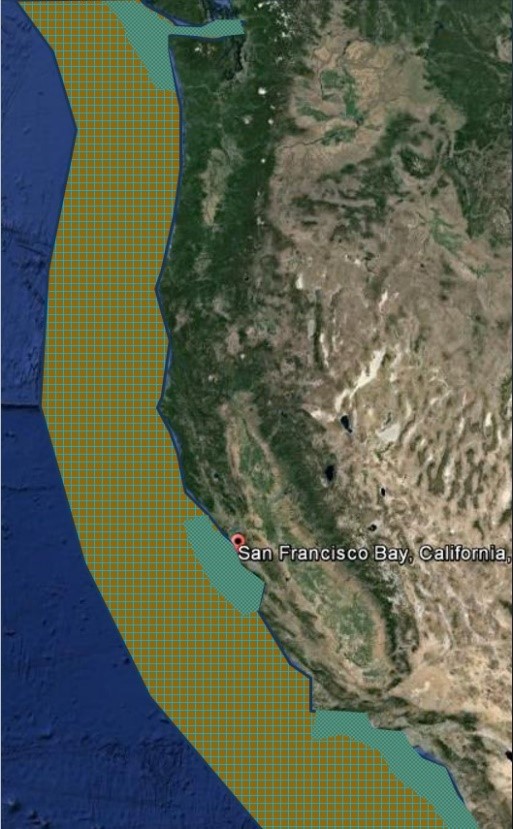SCCWRP works toward predicting causes, impacts of West Coast acidification

SCCWRP and its partners have begun work on a predictive model that will offer managers key insights about the extent to which anthropogenic nutrients introduced to coastal waters affect ocean acidification and hypoxia.
Scientists know numerous factors impact acidification of coastal waters, including carbon dioxide emissions, natural upwelling processes, and nutrients introduced via local discharges. Although global-scale CO2 is the largest contributor, scientists have limited information about the importance of local biogeochemical processes.
The model’s goal is to disentangle these stressors, so that marine resource managers and water-quality managers can understand whether actions they take at the local level can have a meaningful effect on the acidifying ocean.
The project will involve development of a coupled physical-biogeochemical model for the entire West Coast, stretching from British Columbia to Baja California, and will take into consideration the impacts that the region’s dominant California Current System has on circulation, biogeochemical cycling, and the health of the lower-trophic ecosystem.
Downscaled versions of the model will be built for the Southern California Bight, as well as coastal areas near San Francisco Bay and the Columbia River outfall in the Pacific Northwest.
When the model is finished in 2018, scientists expect to be able to share with West Coast managers which marine habitats are most vulnerable to acidification and hypoxia.
The modelers also expect to be able to describe to what extent local, land-based sources of pollutants are exacerbating ocean acidification and hypoxia.
For more information, contact Dr. Martha Sutula.
More news related to: Climate Change, Ocean Acidification and Hypoxia